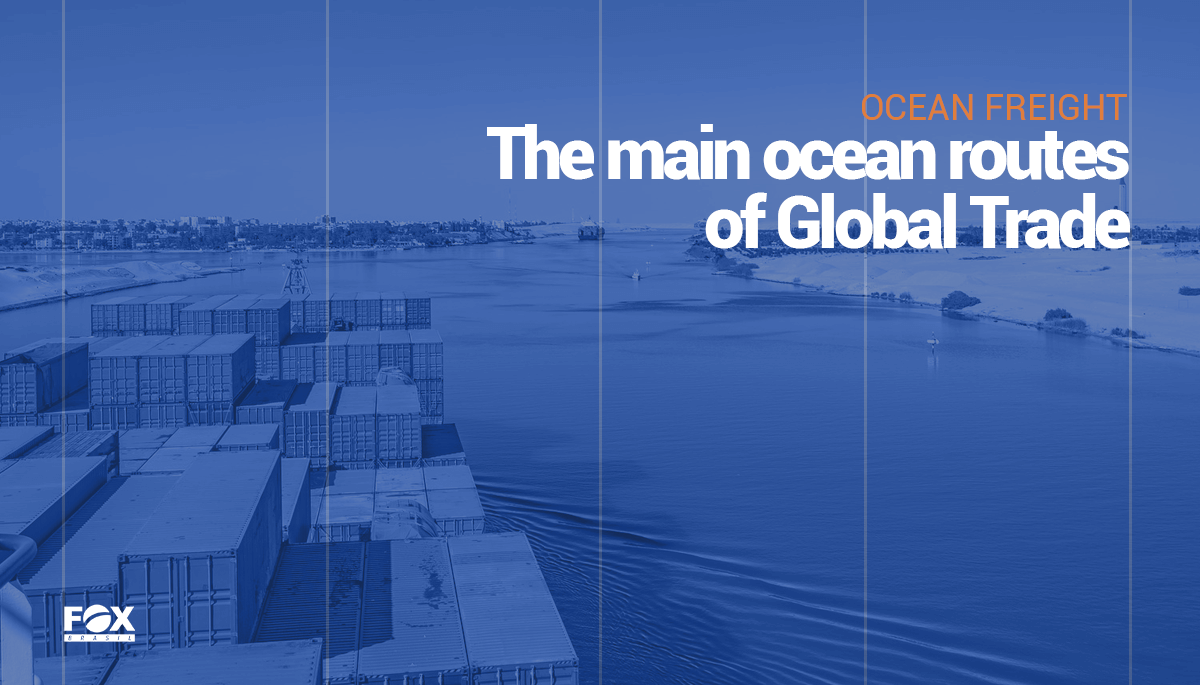The main ocean routes for Global Trade

Business
Ocean shipping is responsible for over eighty percent of all globally traded products and it is a major part of what keeps the world running. It is definitely the cheapest way to transport cargo between countries and continents and it also is the best choice for transporting bigger loads of cargo.
However, maritime transportation is also known for being a slower process, since the ocean occupies more than seventy percent of the surface of our planet, and ships, especially cargo ships, can only travel so fast.
The water routes, whether natural or manmade, provide faster sailing times and an easier and cheaper way to move shipments. Let’s know a little bit more about the major ones.
The English Channel
A water channel that separates England from France, connecting the North Sea and the Atlantic Ocean, is the busiest oceanic route in the world, that has approximately five hundred ships passing through it every single day, which is considerably more than what we have at all of the others.
The Strait of Malacca
Located between Malaysia and Singapore, it offers the shortest maritime route between the Pacific Ocean and the Indian Ocean, linking major Asian economies such as India, Indonesia, China, Japan, and others.
Panama Canal
It’s an artificial passageway that took ten years to be constructed with the hardworking hands of people from all around the world, and connects the Pacific and the Atlantic oceans in central America, reducing the travel time between them.
Suez Canal
Just like the Panama Canal, it also took ten years to be built and it divides Africa and Asia, connecting the Atlantic and the Indian ocean, offering the shortest possible way to travel between them reducing a twenty-four-day trip to a sixteen-hour one.
The Danish Straits
They are a system of three channels that interlink the North Sea and the Baltic Sea, and are an extremely important route to transport oil between Europe and Russia.